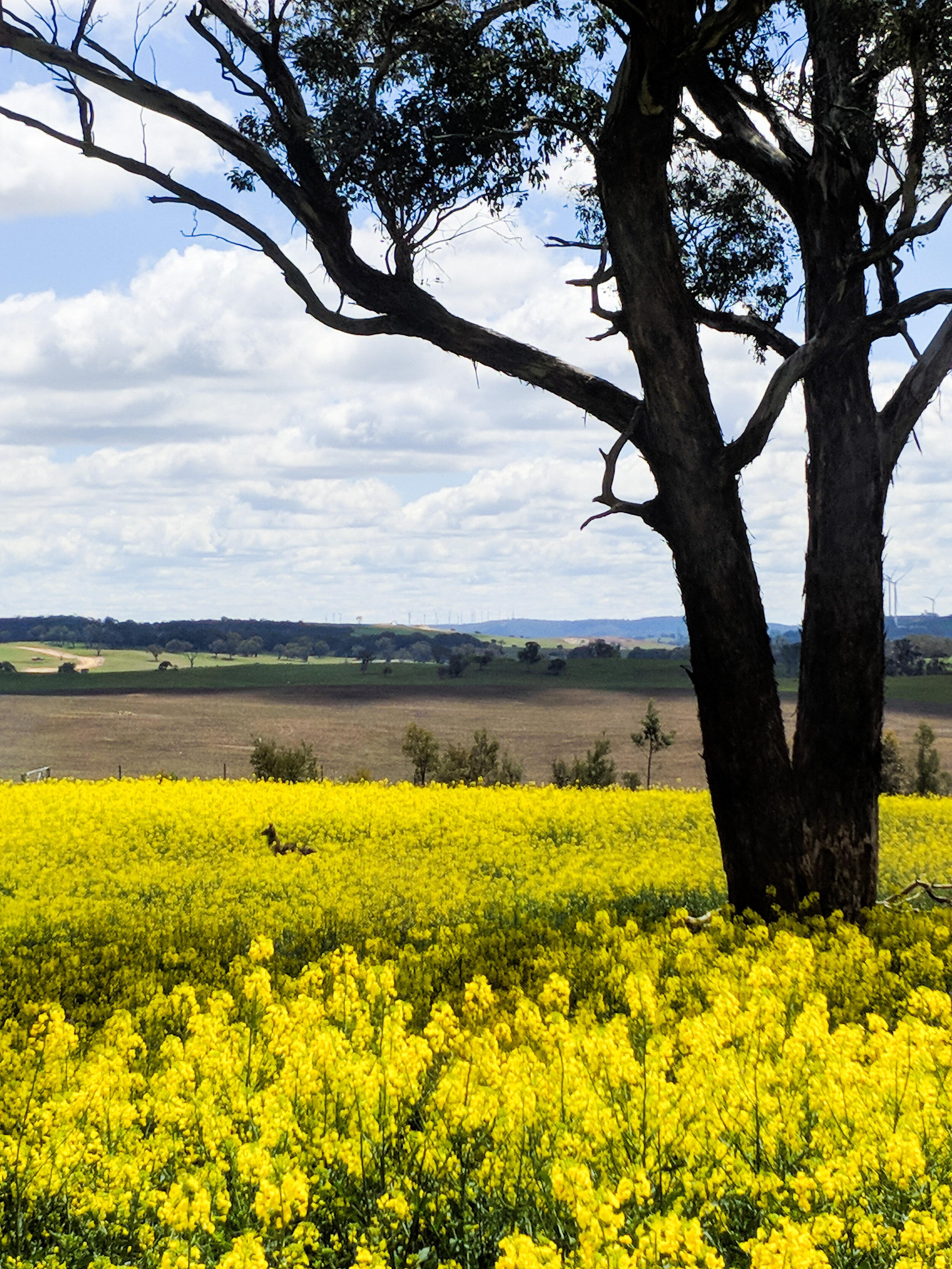Environmental Impact Assessment
What is an Environmental Impact Assessment?
An Environmental Impact Assessment is a report produced by qualified Ecologists to determine the environmental impacts of a proposed development. These reports are submitted to Council to accompany a Development Application (DA).
An Environmental Impact Assessment will address all local, federal and national environmental legislation including, but not limited to, the New South Wales Biodiversity Conservation Act 2016 (BC Act), the NSW Environmental Planning and Assessment Act 1979 (EP&A Act), Council Local Environmental Plans (LEPs), and Council Development Control Plans (DCPs).
We want to help you achieve DA approval!
We can PROvide the following reports for your da:
Ecological or Environmental Constraints Assessment Report (ECA)
Bushfire Assessment
Cultural Heritage Assessment
Bushland Management Plans
Biodiversity Offset Reports
Arborist Report
What is a Development approval (DA) Flora and Fauna Assessment Report?
A Flora and Fauna Assessment Report (FFA) is a specialist consultant report that is sometimes requested to be submitted as part of a DA. The best way to find out if you require an FFA is to get in touch with on of our Ecologists by clicking here or by contacting your local council’s planning office.
The following reports (while named a little differently) serve the same purpose as a Flora and Fauna Assessment Report:
Flora and Fauna Report
Ecological Assessment Report
Bushland Assessment Report
Ecological Impact Assessment
Flora and Fauna Impact Assessment
These reports all address the same thing, which is the ‘assessment of the potential impacts’ from your proposed DA upon fauna and flora or ‘biodiversity’ that are listed as ‘threatened’ under the New South Wales Biodiversity Conservation Act 2016 (BC Act), formally the NSW Threatened Species Conservation Act 1995 (TSC Act).
The requirement for a Flora and Fauna Report comes from the NSW Environmental Planning and Assessment Act 1979 (EP&A Act) legislation that requires the proponent of a DA to assess the impacts of the proposed works on threatened species, populations or ecological communities under section 7.3 of the BC Act. This impact assessment is known as the ‘Five Part Test of Significance’ or simply ‘5 Part Test’ (formally known as the ‘Seven Part Test of Impact Significance’ or simply ‘7-Part Test’ in the TSC Act).
You may need a Flora and Fauna Assessment Report for a DA that involves demolition, construction, tree removal, subdivision or dam removal.
In order to find out if you need a Flora and Fauna Report for your proposed DA, get in contact with the planning department of your local council, or call us now on 02 9986 1295.
Councils often request an FFA when the subject property is located within the ‘Terrestrial Biodiversity’ (or similarly named) mapping layer that forms part a council’s ‘Local Environmental Plan’ (LEP). Many councils have their own guidelines for undertaking Flora and Fauna Assessment Reports, these often form part of the council Development Control Plan (DCP). Most councils only permit licensed and qualified Ecological Consultants (such as Narla Environmental) to prepare Flora and Fauna Assessments.
Call us today - 02 9986 1295
Email our office: reception@narla.com.au
Do you want a free quote?
Not quite at DA stage but interested to know more about The feasibility of your property for a DEVELOPMENT?
When planning a project or development, it is best that you are well prepared before you finalise the design of your proposed DA. Without doing ‘your homework’, you might be inadvertently designing a construction that will impact a critical environmental constraint on your property, hindering your development.
The best way to do this is to undertake an Ecological Constraints Assessment, also known as an Environmental Constraints Assessment, that details all of the ecological or other environmental constraints that may arise during the DA. The sooner you know of these issues, the better prepared you, your Architect, or Town Planner will be when submitting the DA.
What is an ecological Constraints assessment report?
If you are contemplating purchasing a property or submitting a DA for property subdivision, dwelling alterations, demolition, or construction, we recommend you commission an Ecological Constraints Assessment Report.
A good Ecological Constraints Assessment Report will:
Be low cost to implement;
Save you extensive amounts of time and money down the track;
Help you, your architect, or your planner design a development footprint that gives you the best chance of DA approval;
Inform you if there are additional specialist reports you may need for the DA; and
Allow you to most appropriately and efficiently design your development to best avoid difficult environmental constraints in the DA stage, rather than risking a possible Council knock-back after DA submission.
Narla Environmental’s Ecological Constraints Reports address all of the relevant environmental constraints you may encounter during the DA stage.
Implementing an Ecological Constraints Report will maximize your development potential while maintaining a strong chance of obtaining DA approval.
Narla Environmental is one of the leading Environmental Consultancies in New South Wales. We have offices and staff in Sydney, Western Sydney, Newcastle and the South Coast of New South Wales.
We hold extensive expertise in the delivery of fast, affordable and effective Ecological Assessment Reports for Development Applications (DA).
We service the whole of New South Wales, including Greater Sydney, Western Sydney, Central Coast, Newcastle, Blue Mountains, Hunter Valley, Wollongong and Illawarra, Southern Highlands, Eurobodalla, Shoalhaven, Port Macquarie, North Coast, Central West, and the rest of regional New South Wales.








